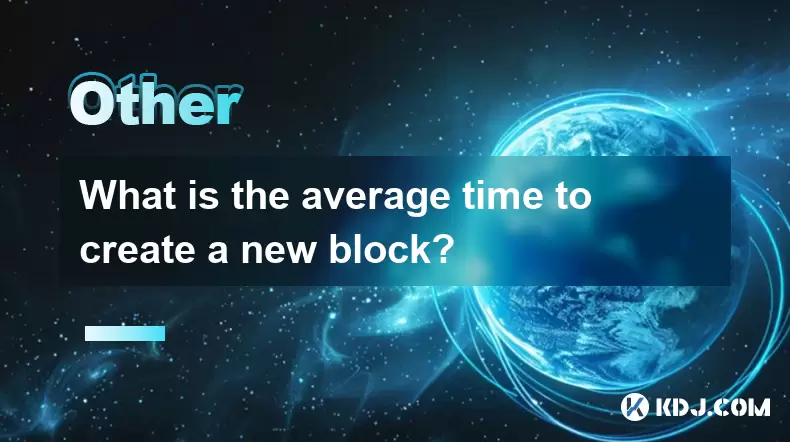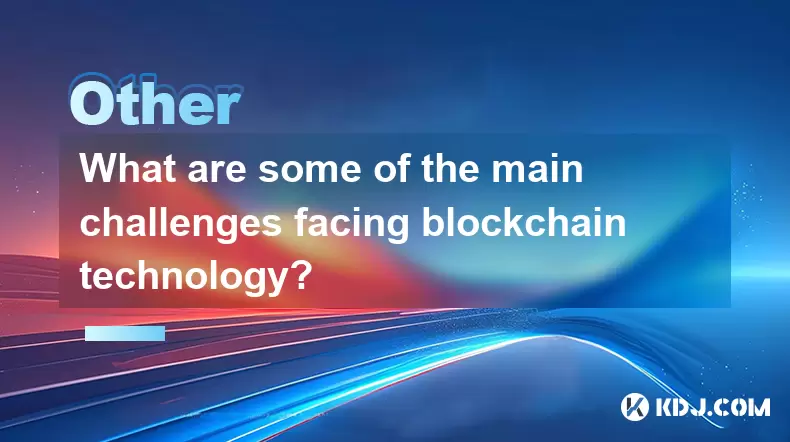-
 Bitcoin
Bitcoin $117400
1.88% -
 Ethereum
Ethereum $3867
5.29% -
 XRP
XRP $3.081
2.58% -
 Tether USDt
Tether USDt $1.000
0.03% -
 BNB
BNB $779.7
0.92% -
 Solana
Solana $171.8
2.11% -
 USDC
USDC $0.9999
0.01% -
 Dogecoin
Dogecoin $0.2172
5.80% -
 TRON
TRON $0.3413
1.41% -
 Cardano
Cardano $0.7641
3.06% -
 Hyperliquid
Hyperliquid $39.69
3.62% -
 Sui
Sui $3.731
6.73% -
 Stellar
Stellar $0.4125
3.55% -
 Chainlink
Chainlink $18.23
8.86% -
 Bitcoin Cash
Bitcoin Cash $579.5
1.41% -
 Hedera
Hedera $0.2538
4.02% -
 Ethena USDe
Ethena USDe $1.001
0.00% -
 Avalanche
Avalanche $22.81
2.82% -
 Litecoin
Litecoin $121.7
1.10% -
 UNUS SED LEO
UNUS SED LEO $8.962
-0.33% -
 Toncoin
Toncoin $3.324
2.94% -
 Shiba Inu
Shiba Inu $0.00001263
2.30% -
 Uniswap
Uniswap $10.24
4.95% -
 Polkadot
Polkadot $3.780
3.09% -
 Dai
Dai $1.000
0.03% -
 Bitget Token
Bitget Token $4.432
1.64% -
 Cronos
Cronos $0.1493
3.87% -
 Monero
Monero $256.7
-9.05% -
 Pepe
Pepe $0.00001092
3.99% -
 Aave
Aave $279.0
6.11%
can blockchain crash
Despite its inherent resilience, blockchain could potentially crash due to factors such as 51% attacks, software vulnerabilities, or network failures; however, the likelihood of such an event is extremely low due to preventive measures such as consensus algorithms and code audits.
Oct 10, 2024 at 05:59 pm

Can Blockchain Crash?
1. Understanding Blockchain
Blockchain is a decentralized, immutable ledger that records transactions in a secure and transparent manner. Its decentralized nature means that there is no single point of failure, which makes it inherently resilient to crashes.
2. Potential Causes of Blockchain Crashes
Despite its inherent resilience, certain factors could potentially lead to a blockchain crash:
- 51% Attack: If a single entity gains control over 51% of the network's computing power, they could manipulate the ledger, potentially reversing transactions or creating fraudulent blocks.
- Bugs and Vulnerabilities: Software bugs or vulnerabilities in the blockchain code could be exploited to compromise the network's security or functionality.
- Network Failure: A widespread network failure could prevent new blocks from being created, causing the blockchain to become temporarily inactive.
3. Mitigating Risks
To prevent or mitigate the risks of a blockchain crash:
- Consensus Algorithms: Use consensus algorithms like Proof of Work or Proof of Stake to make 51% attacks less likely.
- Code Audits: Regularly audit the blockchain code to identify and fix potential vulnerabilities.
- Redundancy and Backup: Implement redundant nodes and maintain backups to ensure that the network can continue operating in case of a primary node failure.
4. Likelihood of a Blockchain Crash
While it is possible for a blockchain to crash in theory, the likelihood of such an event is extremely low due to the inherent resilience of the technology.
5. Impacts of a Blockchain Crash
If a blockchain were to crash, the consequences could vary depending on the type of blockchain and its use case:
- Public Blockchains (e.g., Bitcoin, Ethereum): Transaction processing would halt, potentially disrupting global cryptocurrency markets and financial transactions.
- Private Blockchains: Business operations that rely on the blockchain could be disrupted, leading to lost revenue or reputational damage.
Conclusion
Blockchain is a highly resilient technology, but it is not impervious to potential risks that could lead to a crash. By implementing robust security measures and employing preventive strategies, the likelihood of a blockchain crash can be significantly reduced. As blockchain adoption continues to grow, the industry will need to remain vigilant in addressing any emerging threats to ensure the stability and reliability of blockchain networks.
Disclaimer:info@kdj.com
The information provided is not trading advice. kdj.com does not assume any responsibility for any investments made based on the information provided in this article. Cryptocurrencies are highly volatile and it is highly recommended that you invest with caution after thorough research!
If you believe that the content used on this website infringes your copyright, please contact us immediately (info@kdj.com) and we will delete it promptly.
- Pi Coin's dApp and AI Potential: Building a Decentralized Future
- 2025-08-08 02:30:12
- Ruvi AI Takes the Lead: Outshining Dogecoin on CoinMarketCap
- 2025-08-08 02:50:12
- Cryptos Under $1: Is Ripple Still the King?
- 2025-08-08 03:50:12
- Cold Wallet, Bonk Price, ICP Price: Navigating the Crypto Landscape in 2025
- 2025-08-08 03:56:12
- Memecoins, Low-Cap Gems, and the Hunt for 10,000x Gains: What's Next?
- 2025-08-08 02:50:12
- Bitcoin, Greenidge, and Liquidity: Navigating the Crypto Currents in NYC
- 2025-08-08 02:30:12
Related knowledge

What is the purpose of a nonce in mining?
Aug 04,2025 at 05:56pm
Understanding the Role of a Nonce in Cryptocurrency MiningIn the world of cryptocurrency mining, the term nonce stands for 'number used only once.' Th...

Can data on a blockchain be deleted?
Aug 05,2025 at 04:00am
Understanding Blockchain ImmutabilityThe core principle behind most blockchain systems is immutability, which means that once data is recorded onto th...

What is the difference between on-chain and off-chain transactions?
Aug 02,2025 at 04:22pm
Understanding On-Chain TransactionsOn-chain transactions refer to digital asset transfers that are recorded directly on a blockchain ledger. These tra...

What is the average time to create a new block?
Aug 06,2025 at 09:21pm
Understanding Block Creation in Blockchain NetworksThe average time to create a new block varies significantly depending on the specific blockchain pr...

How are blocks linked together?
Aug 04,2025 at 06:56am
Understanding the Structure of a BlockchainA blockchain is a decentralized digital ledger composed of a sequence of blocks, each containing a list of ...

What are some of the main challenges facing blockchain technology?
Aug 07,2025 at 02:58am
Scalability Constraints in Blockchain NetworksOne of the most persistent challenges in blockchain technology is scalability. As blockchain networks gr...

What is the purpose of a nonce in mining?
Aug 04,2025 at 05:56pm
Understanding the Role of a Nonce in Cryptocurrency MiningIn the world of cryptocurrency mining, the term nonce stands for 'number used only once.' Th...

Can data on a blockchain be deleted?
Aug 05,2025 at 04:00am
Understanding Blockchain ImmutabilityThe core principle behind most blockchain systems is immutability, which means that once data is recorded onto th...

What is the difference between on-chain and off-chain transactions?
Aug 02,2025 at 04:22pm
Understanding On-Chain TransactionsOn-chain transactions refer to digital asset transfers that are recorded directly on a blockchain ledger. These tra...

What is the average time to create a new block?
Aug 06,2025 at 09:21pm
Understanding Block Creation in Blockchain NetworksThe average time to create a new block varies significantly depending on the specific blockchain pr...

How are blocks linked together?
Aug 04,2025 at 06:56am
Understanding the Structure of a BlockchainA blockchain is a decentralized digital ledger composed of a sequence of blocks, each containing a list of ...

What are some of the main challenges facing blockchain technology?
Aug 07,2025 at 02:58am
Scalability Constraints in Blockchain NetworksOne of the most persistent challenges in blockchain technology is scalability. As blockchain networks gr...
See all articles

























































































